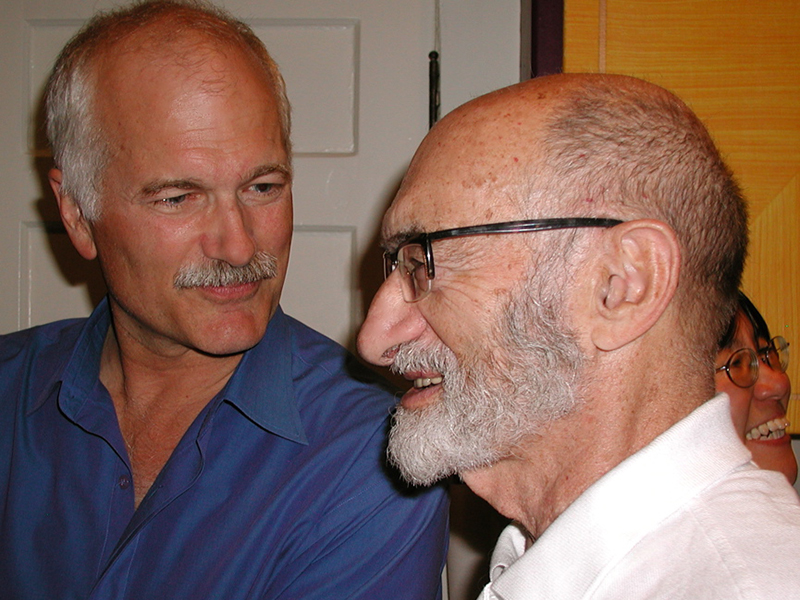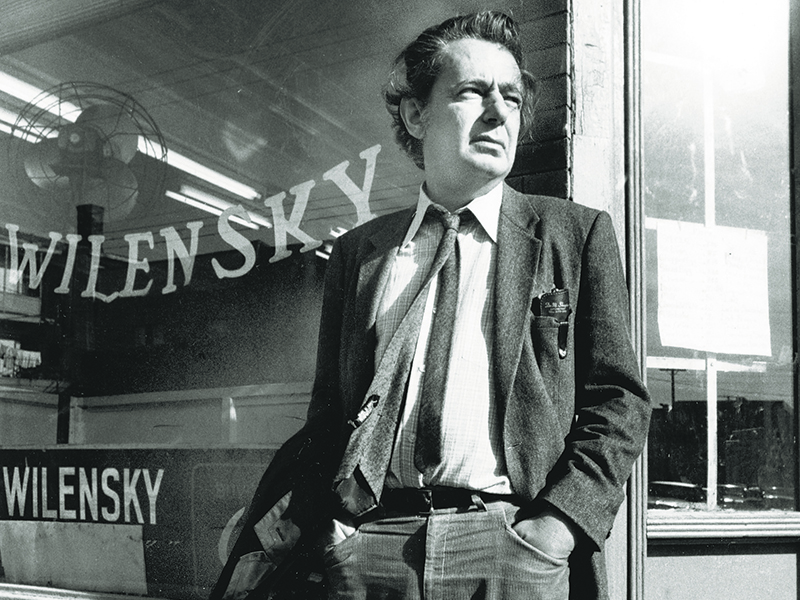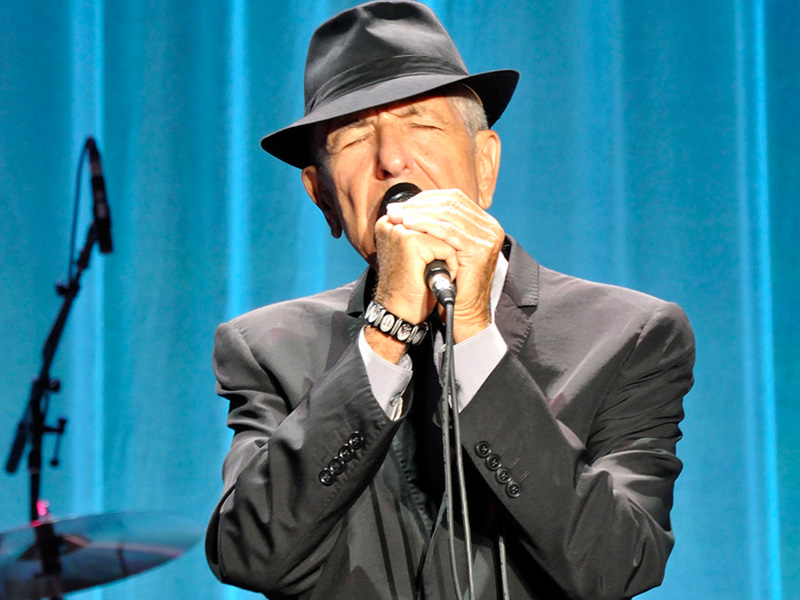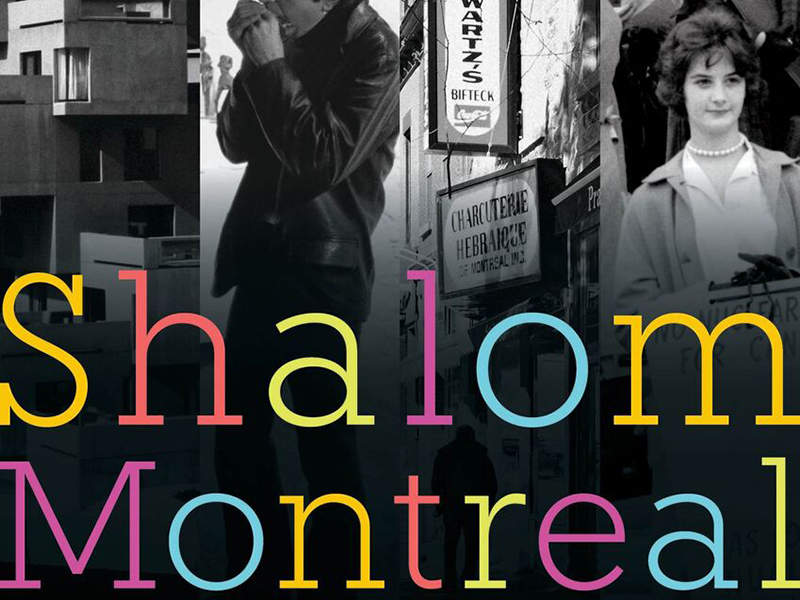There’s a caution sign posted at the entrance to the exhibit, Shalom Montreal – Stories and Contributions of the Jewish Community, which opens at the McCord Museum in Montreal on May 3 and runs until Nov. 11:
“As the exhibition could not possibly do justice to all of Jews’ many contributions, we have had to make choices – a careful selection that pays sincere tribute to the involvement and commitment of Montreal’s Jewish communities.”
No doubt there will be those who will ask why this was included and not that, but the museum has produced a comprehensive and enjoyable look at a small community that has had an enormous impact on almost every aspect of the city.
The 20th century is the focus of this exhibition, which is spread over 4,000 square feet. Photographs, texts, videos old and new, original artwork and artifacts (there are even three brassieres), describe the community’s mark on the city’s economy, culture, social progress, architecture, health care and cuisine, as well as the fields of science and the law.
READ: EXPERIENCE LIFE IN AN OLD GARMENT FACTORY AT THE MUSEUM OF JEWISH MONTREAL
While all the well-known achievers are there, the exhibition also highlights the outliers, like communist Fred Rose, abortion rights crusader Henry Morgentaler and Nancy Neamtan, a grassroots human rights advocate who’s still active in the field.
The bras, incidentally, are in the section on the garment industry. Canadian Lady Corset (later called Canadelle Inc.), which was founded by Morris Nadler in 1939, was licensed to manufacture WonderBra products, and three styles from the 1940s, ’60s and ’80 are on display.
Suzanne Sauvage, McCord’s president and chief executive officer, admitted that, “We had a dilemma about what to include; there’s so much to show and say. We decided to focus on those areas that most benefitted the most Montrealers and continue to do so.”
The curators were guided by scholars and other experts, including Pierre Anctil, Leon Berger, Yolande Cohen, Steven Lapidus, Ira Robinson and Morton Weinfeld.

The title, Shalom Montreal, is intended to reflect an openness to others, and Sauvage said the McCord hopes to raise awareness of the community’s accomplishments among people of all backgrounds.
The exhibition is divided into multimedia installations on various themes.
Visitors are welcomed with a testimonial by Hungarian-born writer Elaine Kalman Naves, who recounts her arrival here and how nowhere else but Montreal could be home.
The exhibit starts with the various waves of Jewish immigrants to Montreal – from those fleeing pogroms in Russia, to the Sephardim who came from North Africa starting in the ’50s.
We had a dilemma about what to include; there’s so much to show and say.
– Suzanne Sauvage
The overt anti-Semitism Jews faced here is starkly brought home in reproductions of the 1930s satirical paper, Le Goglu, with its lurid headlines, such as “Québec livrée aux juifs,” and hideous caricatures.
It also documents the struggles many faced to find a place in a society that was divided along Catholic and Protestant lines well into the 20th century.
The zone called “Living Together” explains how the community banded together to help the less fortunate, while “Building Together” details how Jews shaped the urban landscape. These are followed by “Caring Together,” “Struggling Together,” “Doing Business Together” and “Creating Together.”
The overarching message is that, although Jews faced numerous closed doors, they did not shut out others once they were in a position to make that decision. A prime example is the Jewish General Hospital, which treated people of all backgrounds from the time it was established in 1934.
Jews were also at the forefront of numerous social movements, notably the fight against racism and struggles for the rights of workers and women.

Jewish people also made important contributions to the business world, growing many small shops into province-wide retail chains and international brands.
Jews have excelled in literature, music and the visual arts, as well. While names like Mordecai Richler and Leonard Cohen are iconic of Montreal, the community produced an extraordinary number of fine painters, especially through the ’40s and ’50s. Among the works on display are those of Moe Reinblatt, Jack Beder and Louis Muhlstock.
One subject that is under-treated is the rise of Quebec nationalism and separatism, which altered the course of the community’s history.
The exhibition concludes on a hopeful note: 14 young people reflect on what it means to be Jewish in Montreal today. They come from a variety of perspectives and range from Hasidic Outremont councillor Mindy Pollak, to actors and comedians Eli Batalion and Jamie Elman, of the hit web series, YidLife Crisis.

Guylaine Lemay, one of the curators, says that to fully appreciate all that’s there, “You have to sit down and listen. We felt it was important for people to tell their own stories, not for us to tell it.”
If something’s missing, visitors are invited before they leave to write a note and post it on a bulletin board.
Complementary activities are scheduled throughout the run of Shalom Montreal, including film screenings, lectures and discussions. A klezmer music concert series takes place in June at the Museum of Jewish Montreal and will be held outside the McCord throughout July and August.
Shalom Montreal has received funds from the Azrieli Foundation and the Jewish Community Foundation of Montreal.
